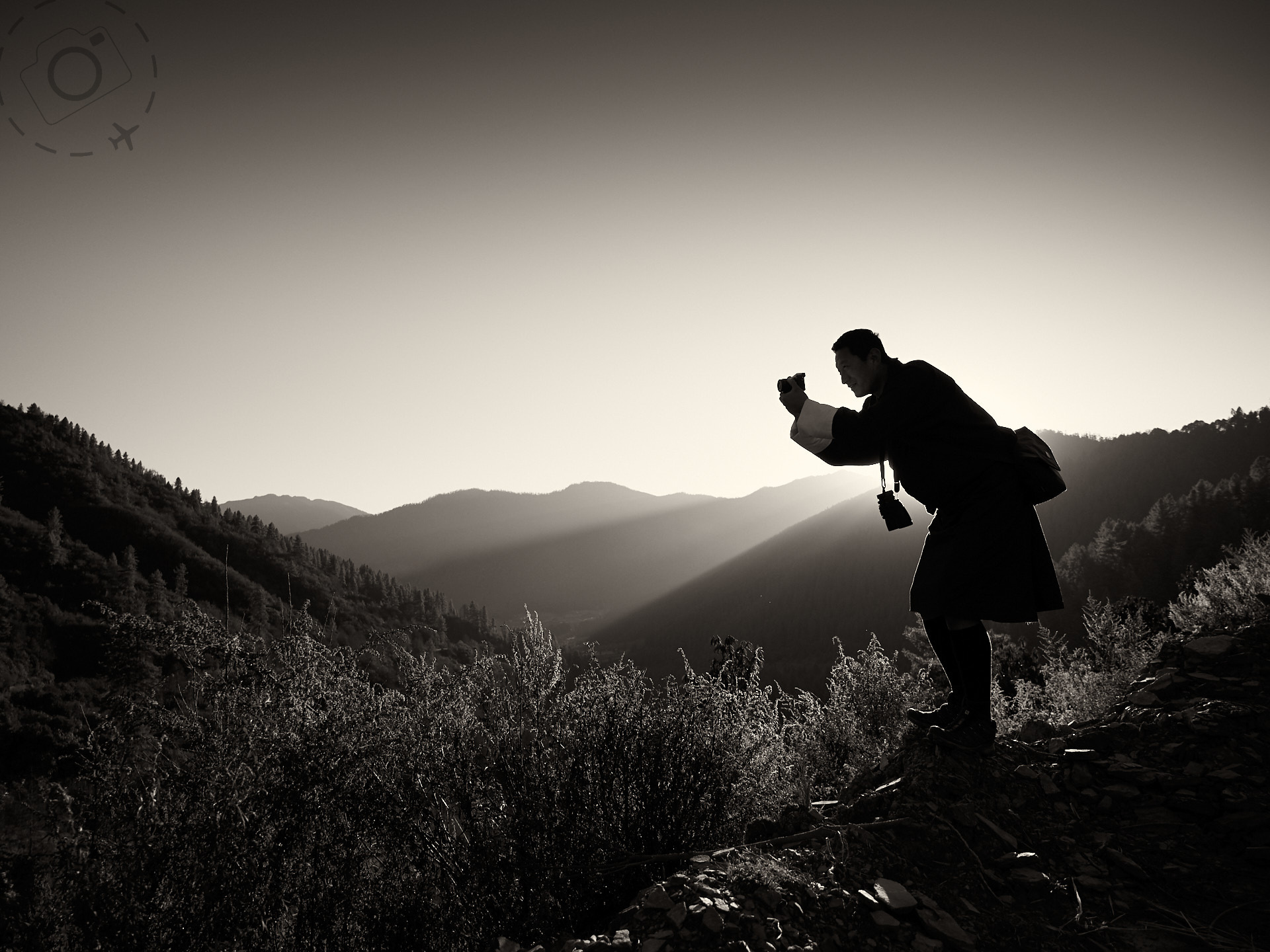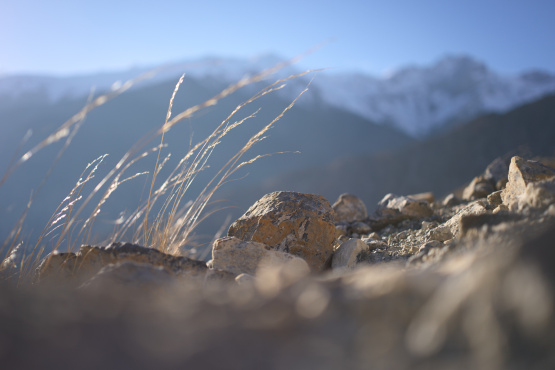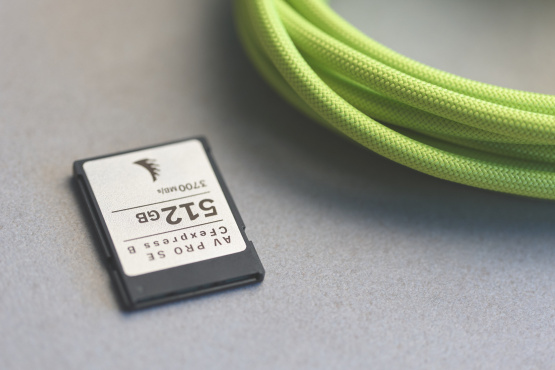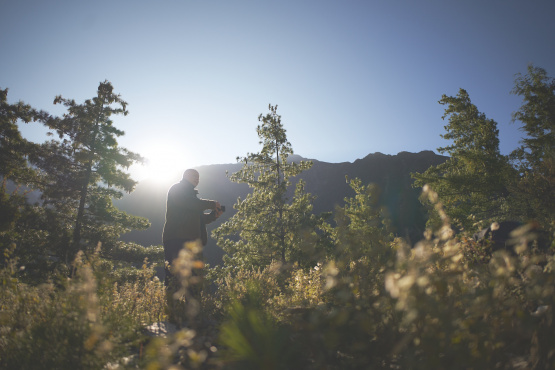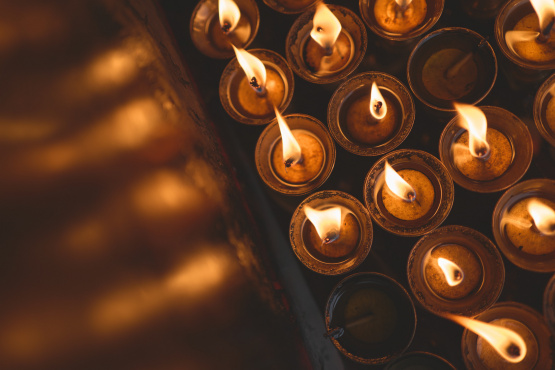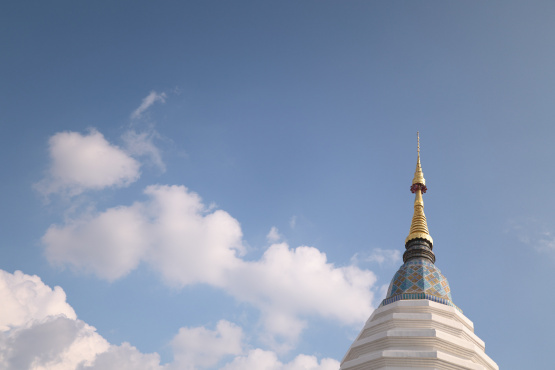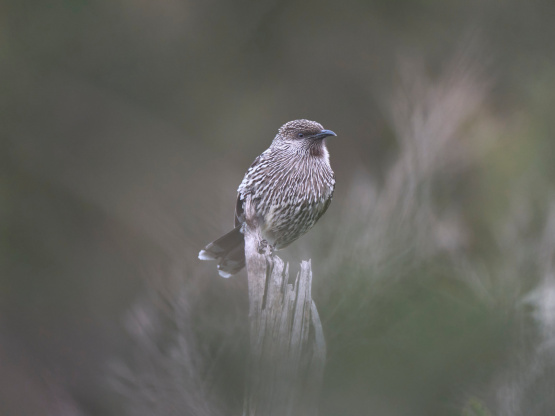I’ve been running a series of workshops for the past six months aimed at helping camera clubs delve into the art of curation. Using the format of the eBook this course is run online over a series of weeks, and during that time I get to watch the participants undergo an amazing transformation. They start with a hard drive full of photos and hopefully at the end of four weeks they walk away with a new way to think about photography.
As soon as we say the word “curation” it’s evident that we are no longer talking about the single image. This alone is a powerful step of transformation. So much of our experience when receiving critique on photography is centred around dissecting the merits of a single photo. It gets entered into a competition and judged, and by proxy the photographer gets judged as well. Suddenly your entire self-worth as an artist is distilled into how much foreground is too much foreground.
Who cares. One image can say a lot but it cant say everything. If you own more than one lens then you own more than one perspective. I encourage you to use as many perspectives as possible. Curation is the process of bringing different perspectives together to reveal something greater than the parts.
Curation shouldn't be about how people will judge you; it's a moment to share your vision for a story, or the world itself. The process of transforming a hard drive full of images into a curated set of work should absolutely be a process of joy, a chance to fall in love with your photography all over again. It's a chance to focus on the best in what you do, not the flaws.
I had been working on these framework for over a decade, but in recent years the language I needed to teach curation has finally crystallised for me. So much of it was instinct instead on conscious, such as laying out magazine sets or curating exhibitions. It took a little work but finally I have a framework for this process and a way to help others find their own path.
The heart of it all is the idea of connections between images. You take a single page or spread, and bring images together. They share a space and so share a dialogue. Why are those two images on the same page? Why did the photographer chose them? It could merely be a wide scene plus a close-up detail. Hopefully your process of curation can go further though, do more than change focal length. What happens when you see a child crying in the street, and in the next photo there’s an ice cream upside-down on the footpath? The meaning of the first image is transformed into a tragedy. What level of tragedy do we perceive if the second photo is an ambulance?
The connections between images is where the magic happens. One image transforms another. Even just the colour pallete can be enough to draw the viewer deeper into that moment you present.
Imagine an image of snow capped mountains, captured down by a river. Weathered timber decking shows a section of the pier, stretched across the bottom of frame, upon which rested an old chair with notes of autumnal yellow. On it’s own you can’t be sure if the mountains or the pier are what the eye should be paying attention to. The landscape is rich with soft blues, which suddenly became emphasised when the image is paired with an old weather board painted in a similar tone.
The pairing gives focus to the landscape scene. Then we switch out the blue, and pair in a gentle yellow. Maybe a letterbox, maybe a deciduous tree, or maybe another weather board farmhouse resisting the hard landscape. Suddenly the focus is on the yellow instead of blue. In that moment our solitary chair sitting on the pier becomes the hero of the scene, a resting place from which to observe nature on a geological scale.
This is the transformation that happens when you curate a paring and a series. Such connections reveal the story, they direct the audience and they create a focus that may have been hidden before.
Sometimes it’s not merely two images on a page, but three or four, or a dozen. Instead of simply pairing images I enjoy creating a block from smaller elements. A block of textures from the outback where green ants and river pebbles find company with kapok flowers or tree bark. A deluge of small moments that brought together create something far more compelling as the viewer halts and dives deeper into the set.
Curation not only transforms the meaning of an image, but as a skill attained it can transform the photographer too. Many of us are taught to exalt the power of a single image, but why stop at one when you can enjoy the many? Once tempted into the art of curation a photographer may find a depth of expression that no single image could expect to match. A chance to offer a diversity of perspectives that reveals far much about the subject.
Curation is a skill like any other, it demands practice and refining. The eye of a photographer who thinks in terms of curation seeks out a very different collection of captures. It changes the way you see a subject. The creative eye is transformed by the opportunity to present many images, rather than obsess about the perfection of just one. You see photography differently. You shoot differently. You share differently.
For some the joy of curation has restored their love of the art. Entering competitions is not everyone’s cup of tea anyway, and there comes a point where the structure of camera clubs becomes a hurdle to creativity rather than a pathway. We are all on a different journey. I prefer to step away from the emphasis on perfection and liberate the potential for expression. Who has something they’d like to say with their photography?
Curation is a path to transform an idea into an expression. Photos become paragraphs. Moments becomes milestones. Sequences become stories. Take me into your world please. Show me what it looks like.
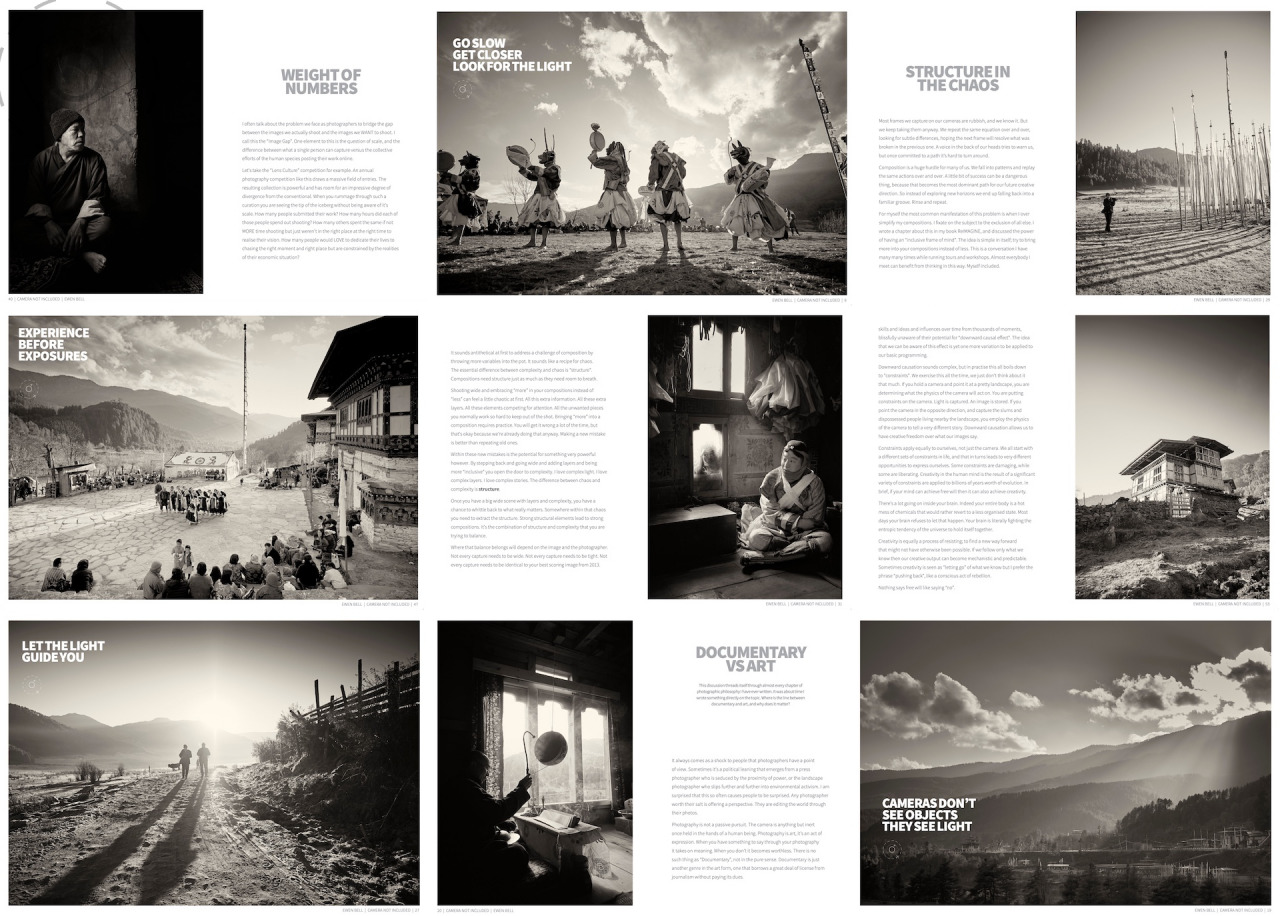
Learn about transformation in detail with our new 5-day workshop called
"What They Won't Tell You at Camera Club"...
https://ewenbell.com/itinerary-clubs.php

Keep Reading
Join Ewen's newsletter for monthly updates on new photography articles and tour offers...Subscribe Here

